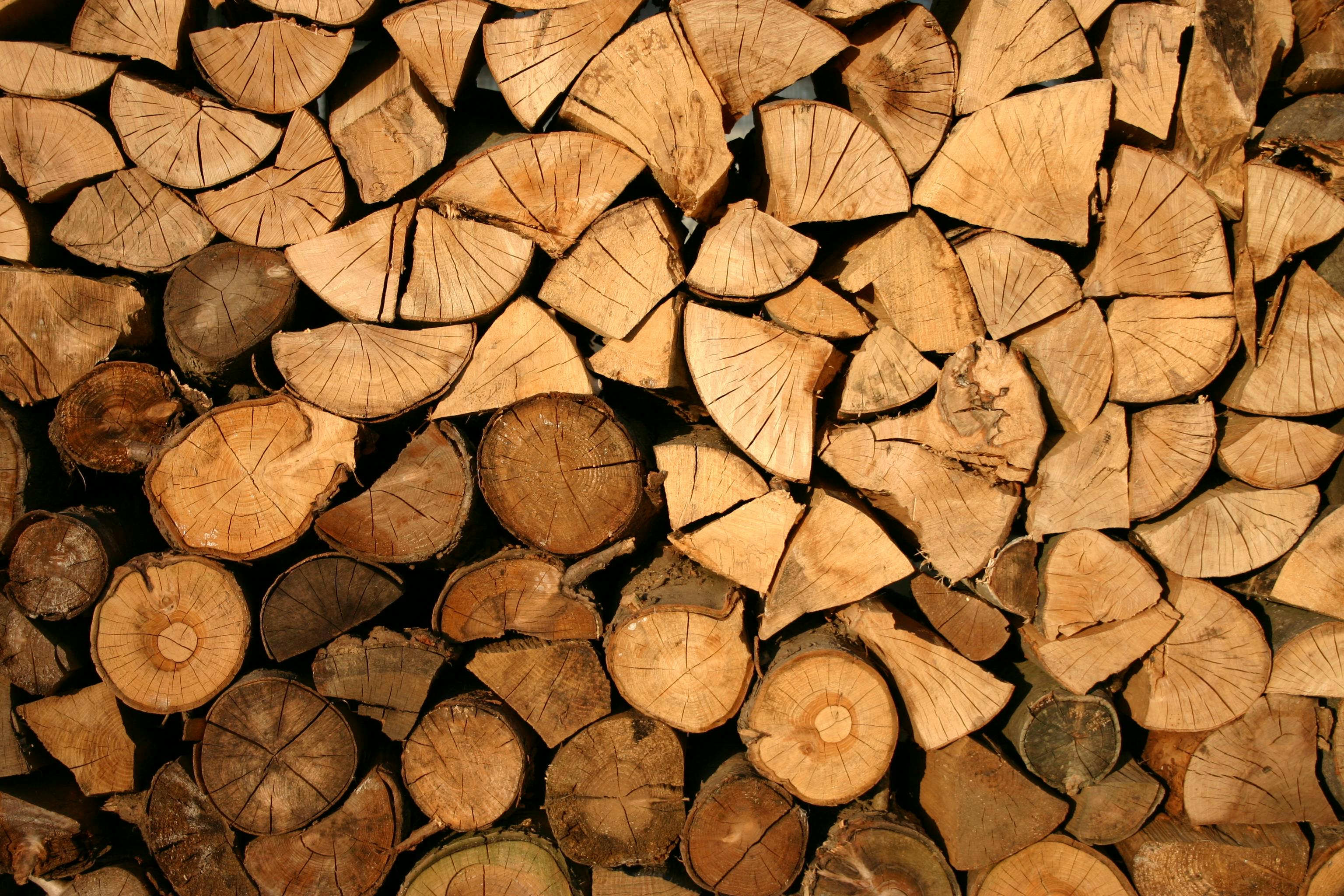
The Difference Between Old Teak and Young Teak: Which One Is Right for Your Furniture?
Kamis, 29 Mei 2025Teak wood has long been recognized as one of the most durable and luxurious hardwoods in the world. Known for its natural oil content, beautiful grain patterns, and resistance to pests and weather, teak is a favorite material in high-end furniture production—especially in regions like Jepara, Indonesia, where woodworking traditions run deep.
However, not all teak is created equal. One of the key aspects that determines the quality, durability, and appearance of teak furniture is the age of the teak tree. In general, teak is categorized into old teak (mature wood) and young teak (immature wood). Understanding the differences between the two will help you make a smarter decision when choosing furniture that fits your style, needs, and budget.
What Is Old Teak Wood?
Old teak wood comes from trees that are typically over 20 years old, and in many cases, up to 80 years or more. These trees have gone through decades of growth, resulting in a dense wood structure with tightly packed fibers and a high natural oil content. The natural aging process gives old teak its signature rich golden-brown color, with deeper, more vibrant grain patterns that are visually striking.
Because of its dense structure, old teak is extremely durable, resistant to moisture, and naturally protected against termites and fungi. It is often harvested from well-managed forests under strict regulation. Furniture made from old teak is considered a long-term investment due to its exceptional longevity and timeless appeal.
What Is Young Teak Wood?
Young teak wood comes from trees that are harvested at a much younger age—usually between 7 and 20 years old. These trees are typically grown in private plantations with shorter harvest cycles, making young teak more readily available and affordable. The wood from young teak trees tends to have a lighter color and a looser grain structure compared to old teak.
Due to its lower density and reduced oil content, young teak is less resistant to pests and weather, and it generally requires additional treatments (such as kiln drying and sealing) to improve its durability. Nevertheless, with modern woodworking techniques, young teak can still be crafted into attractive, functional furniture—particularly for indoor settings or for buyers seeking budget-friendly options.
Key Differences in Performance and Aesthetics
The most noticeable difference between old and young teak lies in their color, grain pattern, and strength. Old teak offers a deep, rich color that matures beautifully over time, while young teak often appears pale or yellowish. The grain of old teak is tighter and more defined, adding elegance and character to the final product.
In terms of performance, old teak outshines young teak in outdoor use and high-stress applications, such as dining sets, bed frames, or outdoor benches. Young teak, on the other hand, is more suitable for lightweight furniture, decorative pieces, or items that won’t be exposed to excessive humidity or sunlight.
When Should You Choose Old Teak?
Old teak is the ideal choice for:
Heirloom-quality furniture that you want to pass down through generations
Classic, carved designs that require strong and stable wood
Outdoor furniture exposed to the elements
Projects that prioritize long-term durability and natural beauty
If you're investing in a piece that you want to last for decades, especially in tropical or humid climates, old teak is worth the higher price tag.
When Is Young Teak a Good Option?
Young teak may be a better fit if you:
Are furnishing a space on a limited budget
Prefer modern, minimalist designs that don’t require heavy wood carving
Plan to use the furniture indoors
Are purchasing pieces for temporary or short-term use (e.g., rentals or offices)
With proper care and finishing, young teak can still provide a solid, attractive furniture solution—especially when crafted by skilled artisans who know how to treat and protect the wood.
Conclusion: Choose What Suits Your Needs Best
Both old and young teak have their place in the furniture world. Old teak is unmatched in quality, durability, and elegance—but it comes at a premium. Young teak, while not as robust, offers a cost-effective alternative for stylish and functional furniture, especially for indoor use.
The best choice depends on your intended use, aesthetic preferences, and budget. By understanding the key differences, you can select teak furniture that not only enhances your space but also offers the best value over time.
Views
Author

